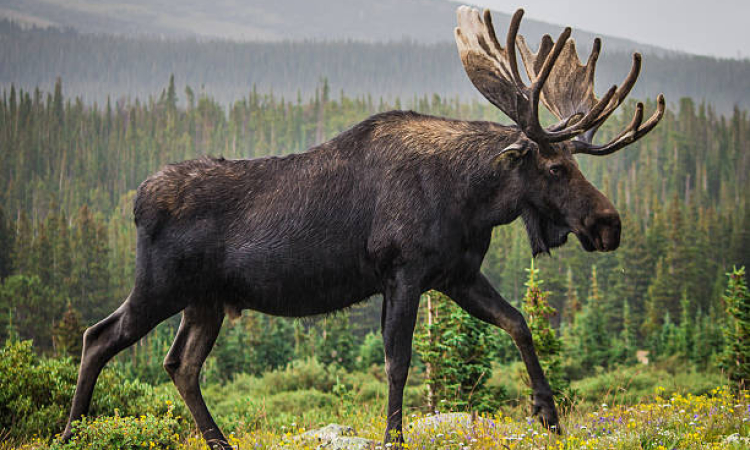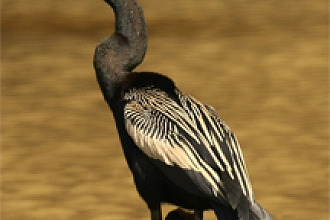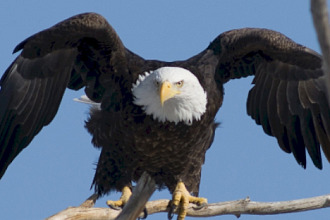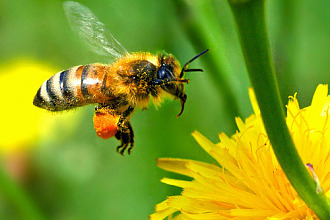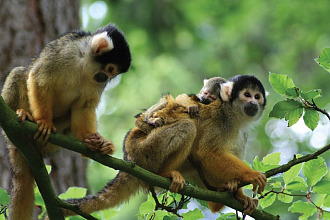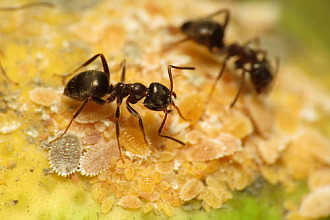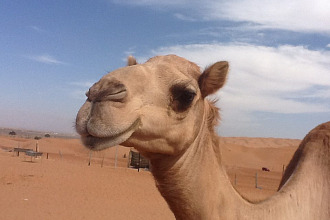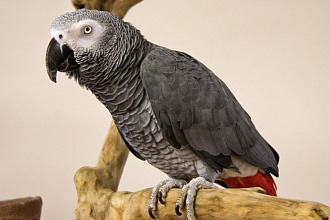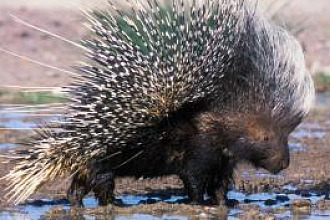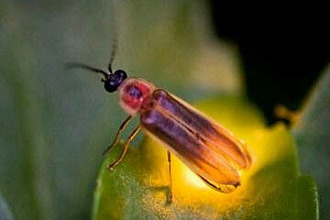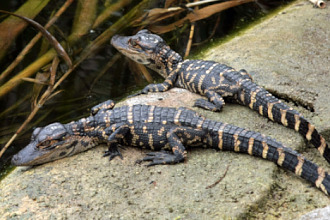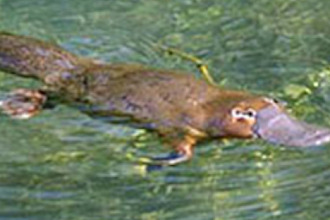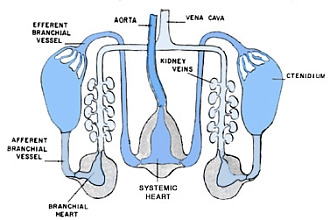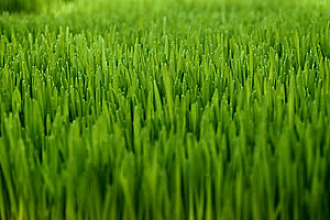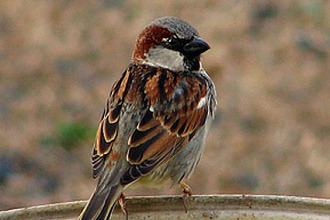Moose are BIG mammals! They start out as 20- to 35-pound newborns—but when just five days old, while nursing and already browsing for solid food, they can outrun humans! By the time they're five months old—still suckling as well as foraging amidst twigs, leaves and aquatic plants—not by accident most have already multiplied their birth weight 10 to 15 times! (A fully grown male will weigh 1000 to 1600 pounds; a mature female 800 to 1300!) World-wide they are the largest members of the deer family and the largest antlered animals in the world! For a few months each winter, not by accident their Designer has given the male moose the ability to shed those antlers which can weigh up to 80 pounds and be six feet across!
But when spring comes antlers grow again with massive shovel-shapes and small prong tines projecting forward from the edges. These are the male's "pushing" weapons against rivals. During the rut, males do not eat; their focus is grunting and bellowing out throaty roars for females, and warning other males they are in the area and willing to take on any corners wanting to enter an antler-pushing battle. The hair over the hump between the shoulders of a moose grows longer than the rest of their hair and, not by accident, when they become angry that hair stands on end, giving them an even larger, more formidable appearance. Besides the weapon of size, they have other not-by-accident gifts in their basic design: Moose have keen senses of smell and hearing, with large ears that pivot independently in all directions, so they can hear well. Their eyes, like their ears, also pivot 180° as they observe all but what is directly behind them. Moose have been given hoofs like horseshoes, split like two pears, enabling them to walk over the roughest terrain, and like snowshoes, not sink down into the mire as snow melts. Again not by accident, there are even two additional small "dew claws" a little higher up their ankles, adding stability to their huge mass as they move over broken terrain.
In summer moose spend much time in and around water, seeking plants for food as well as cooling relief from irritating insects. Not by accident, special valves close in their nostrils so they are able to submerge while munching the aquatic plants that meet their sodium requirements. Winter needs for sodium are met with salt licks from melting snow and ice along treated roadways. Even forest fires are a welcome resource for moose that thrive on trees which spring up after a fire. Aided by their not-by-accident tough tongue, lips and gums, a moose has six pairs of molars, and six pairs of pre-molars that grind up the woody vegetation that makes up much of their diet. Male and female moose have been given a hanging pendant of hair-covered skin at their throat called a dewlap or bell. It can be just a tuft of skin or hang two feet, varying from moose to moose. The dewlap is used during the rut, when there is "chinning" between male and female, transferring the scent from bull to cow—declaring that bull's dominance! Another not-by-accident thoughtful gift from the Creator: as the male moose ages, they grow an additional lower (brow) palm which drops over and protects the face of the older moose during fights! Though the name "moose" means "eater of twigs" in an Indian language, the animal must never be considered a wimp or even tame. Worldwide they are recognized as one of the most dangerous of wild animals!
The female moose is as protectively dangerous guarding her calves as the male is aggressive. It's a needed not-by-accident defense since bears as well as wolves attack them. Female moose have been known to kill wolves, grizzlies, black bear, and people in defense of their calves. Yet, a year later, when it's mating time—that protective mother moose is as aggressive against her year-old offspring as she was when vigorously defending him. She'll drive him far away as she prepares for another family.
Thank God He is our Protector—our Parent who never changes and always is ready to respond with His presence when we call!
"NOT BY ACCIDENT" (c) Juanita Kretschmar is used by permission and was first published in the book "Not By Accident" 3 page 27
Picture originally found here

